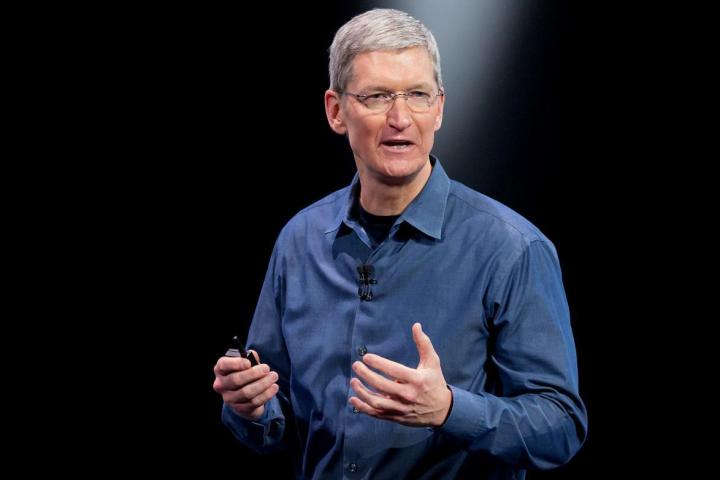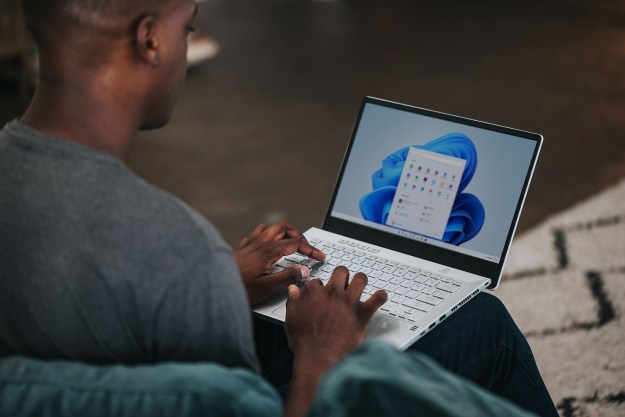
As per Apple’s second diversity report, diversity statistics remain relatively static. Sure, women now make up a whopping 31 percent of the company (up 1 percent from last year), but when you look at the technical breakdown of these roles, women still fill only 22 percent of computer science and engineering positions at the company. In terms of racial and ethnic diversity, the numbers are bleaker still — only 15 percent of technical roles are held by Black and Latino individuals worldwide, and in terms of leadership, only 9 percent of these positions can be claimed by people of color.
In unveiling these figures, Apple CEO Tim Cook wrote, “We are proud of the progress we’ve made, and our commitment to diversity is unwavering. But we know there is a lot more work to be done.”
To be fair, there has indeed been significant progress made, though with a company as large as Apple, affecting a noticeable change is difficult. Apple hired 11,000 women globally in the last 12 months, representing a 65 percent increase over the previous year. In the U.S., the company hired 2,200 more African American employees and 2,700 more Hispanic employees, for respective increases of 50 and 66 percent. Said Cook, “In total, this represents the largest group of employees we’ve ever hired from under-represented groups in a single year.”
Within the next few decades, white Americans will be in the minority in terms of racial and ethnic background, and there are slightly more women across the world than there are men. The argument that the talent just isn’t available for hire simply isn’t logical anymore — it is ludicrous to assume that the only people qualified for these positions and other jobs at tech companies are white men.
But Apple’s commitment to increasing its diversity is one that is truly commendable — the tech giant is “supporting education with programs like the Thurgood Marshall College Fund to help students at historically black colleges and universities find opportunities in technology.” Additionally, Cook and the company have championed the government program ConnectED, which brings Apple’s “technology to some of the most economically disadvantaged schools and communities in the United States, so more people have the opportunity to pursue their dreams.”
So keep on plugging away at the problem, Apple. Together, we’ll reach the tipping point.


